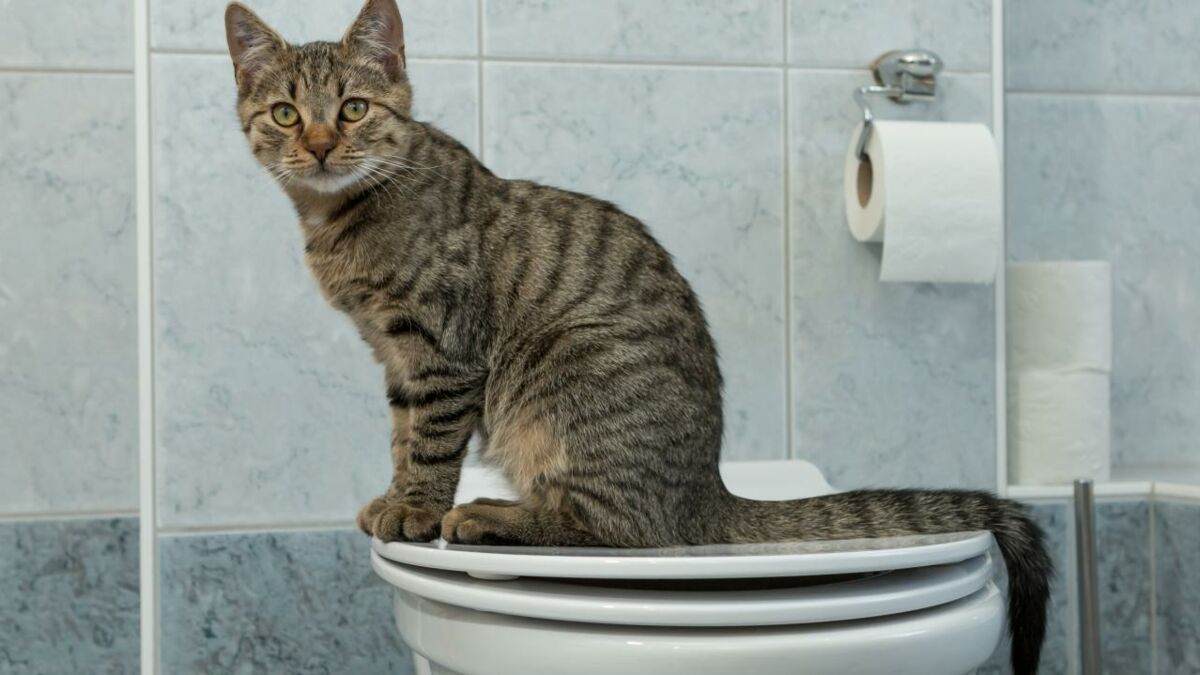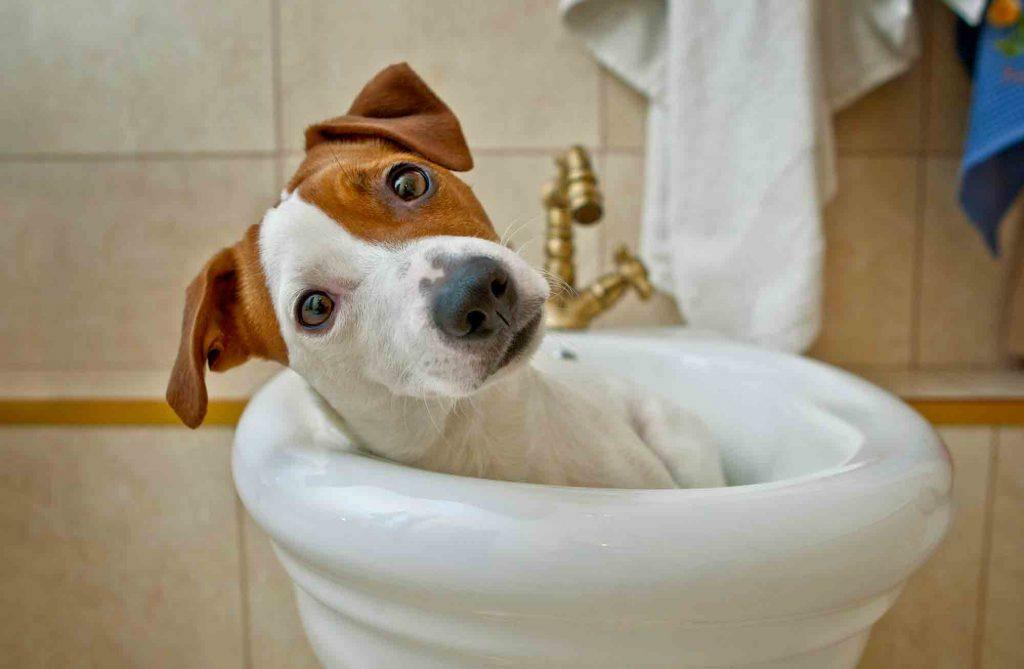My Results of Flushing Animal Waste Down the Toilet
My Results of Flushing Animal Waste Down the Toilet
Blog Article
How do you actually feel about 4 Reasons Why Dog Poop Cleanup is Important?

When it concerns dealing with waste, particularly animal waste, many individuals often consider the practical choice of flushing it down the bathroom. Nonetheless, this apparently easy remedy can have significant repercussions for the environment and public health. In this write-up, we'll check out why flushing pet waste down the commode is a poor concept and offer alternative approaches for proper disposal.
Intro
Proper garbage disposal is critical for preserving ecological sustainability and public health. While it may appear harmless to flush animal waste down the commode, it can cause various problems, both for the atmosphere and human health.
Risks of flushing pet waste
Ecological effect
Flushing pet waste introduces dangerous bacteria and pathogens right into waterways, which can negatively affect aquatic ecological communities. These virus can infect water sources and harm aquatic life, interfering with delicate communities.
Public health problems
Pet waste includes unsafe microorganisms such as E. coli and Salmonella, which can present significant wellness dangers to humans. Purging pet waste down the commode can contaminate water supplies, resulting in the spread of diseases and infections.
Alternatives to flushing
Instead of purging animal waste down the commode, there are numerous different disposal techniques that are extra environmentally friendly and sanitary.
Composting
Composting animal waste is a green method to deal with it. By composting, organic matter is broken down into nutrient-rich dirt, which can be utilized to fertilize gardens and plants.
Garbage dump disposal
Getting rid of pet waste in a garbage read more dump is an additional option. While not as eco-friendly as composting, it is a more secure option to flushing, as it prevents the contamination of water sources.
Family pet garbage disposal systems
There are customized pet dog waste disposal systems available that safely and hygienically take care of pet waste. These systems often utilize enzymes to break down waste and eliminate odors.
Steps to proper pet waste disposal
To guarantee appropriate disposal of pet waste, follow these steps:
Scooping and nabbing waste
Frequently scoop and bag animal waste utilizing naturally degradable bags. This stops waste from polluting the environment.
Using assigned waste bins
Dispose of bagged animal waste in marked waste containers, such as compost containers or landfill containers. Avoid flushing it down the toilet in any way costs.
Cleansing litter boxes and animal locations routinely
Routinely clean litter boxes and pet areas to avoid the buildup of waste and bacteria. Use pet-safe cleaning products to preserve hygiene.
Advantages of proper disposal methods
Adopting appropriate disposal methods for animal waste supplies several advantages:
Minimized environmental pollution
Appropriate disposal methods decrease the danger of environmental pollution, securing rivers and ecological communities from contamination
Minimized threat of water contamination.
By staying clear of flushing pet waste down the bathroom, the threat of water contamination is dramatically minimized, protecting public health.
Enhanced cleanliness and hygiene
Correct disposal methods promote much better sanitation and hygiene, developing a more secure setting for both humans and animals.
Conclusion
In conclusion, flushing pet waste down the commode is harmful to the atmosphere and public health. By adopting alternate disposal techniques and complying with correct waste administration techniques, we can reduce the negative impact of animal waste and contribute to a cleaner, much healthier earth.
Why You Should Never Flush Cat Poop Down the Toilet
A rose by any other name might smell as sweet, but not all poop is created equal. Toilets, and our sewage systems, are designed for human excrement, not animal waste. It might seem like it couldn’t hurt to toss cat feces into the loo, but it’s not a good idea to flush cat poop in the toilet.
First and foremost, assuming your cat uses a litter box, any waste is going to have litter on it. And even the smallest amount of litter can wreak havoc on plumbing.
Over time, small amounts build up, filling up your septic system. Most litter sold today is clumping; it is made from a type of clay that hardens when it gets wet. Ever tried to scrape old clumps from the bottom of a litter box? You know just how cement-hard it can get!
Now imagine just a small clump of that stuck in your pipes. A simple de-clogger like Drano isn’t going to cut it. And that means it’s going to cost you big time to fix it.
For an amusing, graphic tale of what happens when you flush too much litter down the toilet all at once, take a few minutes to read Gene Weingarten’s 2017 Washington Post column “So that’s what happens when you flush cat litter down the toilet.”
Parasitic Contamination
Believe it or not, your healthy kitty may be harboring a nasty parasite. Only cats excrete Toxoplasma in their feces. Yet it rarely causes serious health issues in the cats that are infected. Most people will be fine too if infected. Only pregnant women and people with compromised immune systems are at risk. (If you’ve ever heard how women who are expecting are excused from litter cleaning duty, Toxoplasma is why.)
But other animals may have a problem if infected with the parasite. And human water treatment systems aren’t designed to handle it. As a result, the systems don’t remove the parasite before discharging wastewater into local waterways. Fish, shellfish, and other marine life — otters in particular — are susceptible to toxoplasma. If exposed, most will end up with brain damage and many will die.
Depending on the species of fish, they may end up on someone’s fish hook and, ultimately on someone’s dinner plate. If that someone has a chronic illness, they’re at risk.
Skip the Toilet Training
We know there are folks out there who like to toilet train their cats. And we give them props, it takes a lot of work. But thanks to the toxoplasma, it’s not a good idea.
Leave the toilet to the humans, and accept your future litter cleaning duty.

Routinely clean litter boxes and pet areas to avoid the buildup of waste and bacteria. Use pet-safe cleaning products to preserve hygiene.
Advantages of proper disposal methods
Adopting appropriate disposal methods for animal waste supplies several advantages:
Minimized environmental pollution
Appropriate disposal methods decrease the danger of environmental pollution, securing rivers and ecological communities from contamination
Minimized threat of water contamination.
By staying clear of flushing pet waste down the bathroom, the threat of water contamination is dramatically minimized, protecting public health.
Enhanced cleanliness and hygiene
Correct disposal methods promote much better sanitation and hygiene, developing a more secure setting for both humans and animals.
Conclusion
In conclusion, flushing pet waste down the commode is harmful to the atmosphere and public health. By adopting alternate disposal techniques and complying with correct waste administration techniques, we can reduce the negative impact of animal waste and contribute to a cleaner, much healthier earth.
Why You Should Never Flush Cat Poop Down the Toilet
A rose by any other name might smell as sweet, but not all poop is created equal. Toilets, and our sewage systems, are designed for human excrement, not animal waste. It might seem like it couldn’t hurt to toss cat feces into the loo, but it’s not a good idea to flush cat poop in the toilet.
First and foremost, assuming your cat uses a litter box, any waste is going to have litter on it. And even the smallest amount of litter can wreak havoc on plumbing.
Over time, small amounts build up, filling up your septic system. Most litter sold today is clumping; it is made from a type of clay that hardens when it gets wet. Ever tried to scrape old clumps from the bottom of a litter box? You know just how cement-hard it can get!
Now imagine just a small clump of that stuck in your pipes. A simple de-clogger like Drano isn’t going to cut it. And that means it’s going to cost you big time to fix it.
For an amusing, graphic tale of what happens when you flush too much litter down the toilet all at once, take a few minutes to read Gene Weingarten’s 2017 Washington Post column “So that’s what happens when you flush cat litter down the toilet.”
Parasitic Contamination
Believe it or not, your healthy kitty may be harboring a nasty parasite. Only cats excrete Toxoplasma in their feces. Yet it rarely causes serious health issues in the cats that are infected. Most people will be fine too if infected. Only pregnant women and people with compromised immune systems are at risk. (If you’ve ever heard how women who are expecting are excused from litter cleaning duty, Toxoplasma is why.)
But other animals may have a problem if infected with the parasite. And human water treatment systems aren’t designed to handle it. As a result, the systems don’t remove the parasite before discharging wastewater into local waterways. Fish, shellfish, and other marine life — otters in particular — are susceptible to toxoplasma. If exposed, most will end up with brain damage and many will die.
Depending on the species of fish, they may end up on someone’s fish hook and, ultimately on someone’s dinner plate. If that someone has a chronic illness, they’re at risk.
Skip the Toilet Training
We know there are folks out there who like to toilet train their cats. And we give them props, it takes a lot of work. But thanks to the toxoplasma, it’s not a good idea.
Leave the toilet to the humans, and accept your future litter cleaning duty.

Hopefully you enjoyed our excerpt on Should you flush animal waste down the toilet. Thanks so much for spending some time to read our piece. In case you liked our blog posting please be sure to share it. Thank you so much for your time spent reading it.
Call Today Report this page